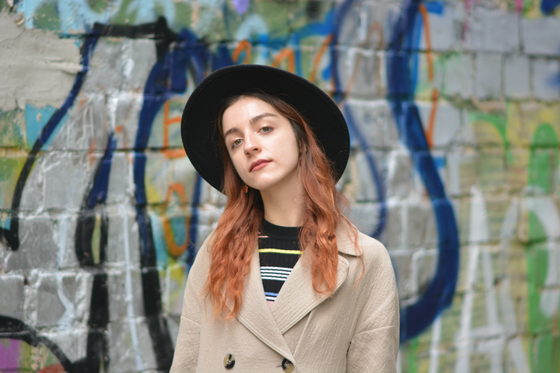About the special project

As part of the special project “Inhabitants of the City”, we communicate with people who adore the space they live in and never tire of studying it. Our heroes are the ones you might accidentally see on the subway when you’re rushing to work, or meet while sitting at a bar in the evening.
Do you passionately tell stories about the city, imprint its outlines in your work, implement small projects that enrich the city culturally? All this is interesting to us. Maybe you navigate cool places or just dress up in a hipster way? This is enough for us to pay attention to you.
About the hero: Annabel was born in Berlin, spent part of her childhood in Chernivtsi, and finished school in Kyiv. Her first exhibition “Urban Nightscape” took place this year, which reveals to us the nature of the city on a visual and emotional level: what we all feel, but cannot always express.
Getting to know the hero
I had the good fortune to communicate with completely different people and am very glad to have the opportunity to meet such interesting people along the way.
At school I had the opportunity to communicate with the upper strata of the population, children from wealthy families and observe how these people build their lives. It gave me an understanding of what I don’t want in life.
The university allowed me to plunge headlong into the world of art and communication with student artists. All this time I was constantly discovering something new for myself. When I studied painting, I was completely absorbed by the atmosphere of creativity, and I sincerely fell in love with it. These are constant conversations about studies, art, exhibitions. And even seemingly ordinary meetings in the dorm are, in fact, important. An art university is exactly the place where you can meet very different and strange people. The cool thing is that while studying at university, you have the opportunity to get to know them all. After receiving my bachelor’s degree, I immediately went to work.
At the PinchukArtCentre I was surrounded by the most wonderful team one could ever dream of. What I liked most about my work was being in the mediation room and having the most interesting discussions about everything possible and meeting completely different points of view. Side by side I worked with philosophers, art historians, sociologists, literary critics, historians, artists and even designers.
The discussions we started yielded a lot. In fact, with their help I was able to discover the world of contemporary art. Moreover, not only to open, but even to fall in love in many ways. All this thanks to the curators, artists and guys who worked with me. For me, working in Pinchuk was an incredible flow of unusually interesting information.
Portal 11 is the name of the gallery where I currently work. Here I have the opportunity to communicate with amazing artists and people from the art market. This entertaining world was previously completely closed to me, and therefore incomprehensible. The gallery director promotes understanding of how the art market works. He is an incredible art lover who does a great job supporting the arts in Ukraine.
I can talk a lot about people, because they are the ones who help me better understand myself and my work, they are the main characters of my paintings and their main inspirers.
Berlin-Chernivtsi-Kyiv
About life in different cities and their features
— Annabelle, you were born in Berlin and lived there for some time. What memories do you have of this period?
— My first house is located in a suburban area. Its streets seem to be strewn with small houses with beautiful courtyards and greenery. It’s very cozy there. It’s funny that when I saw our previous house, I had cognitive dissonance: I remembered it completely differently; at first I didn’t recognize it at all.
When I was little, everything seemed incredibly big to me, and the perception was different. Strange feeling. On the one hand, everything remained the same, nothing has changed: the same house, the same windows, the same street. But at the same time, everything is different because I look at it differently.
It was interesting to remember my childhood and look at it differently. I was sure that when I saw the house through the prism of an adult, I would no longer perceive it as I did in childhood. However, when I think about him now, I still see him as if it were part of my childhood memories.
— How does Ukraine differ from Germany in general?
— I really liked Germany because it is completely different compared to Ukraine. She is so neat, calm, and at the same time everything is very harmonious, beautiful and simple. I spent many days in Leipzig, then a little in Freiburg, where my grandmother lives.
— If you compare the capitals directly, can you notice some similarities?
— When I arrived in Berlin for the first time during my entire stay in Germany, I felt something very familiar. With its atmosphere, Berlin reminded me very much of Kyiv, even if we talk about the very presentation of the city: it is just as rushed and different. This is not Germany at all.
In Berlin, as in Kyiv, most high-rise buildings are located in the center. The scale of the city is also huge: we drove 40 minutes from one area to another.
Arriving at Alexanderplatz, you see that in the center there is an old Soviet building, and there is a mosaic on it. It’s great that they left him. You watch and you learn something of your own. It’s immediately clear: you’re in East Berlin. Alexanderplatz has its own atmosphere.
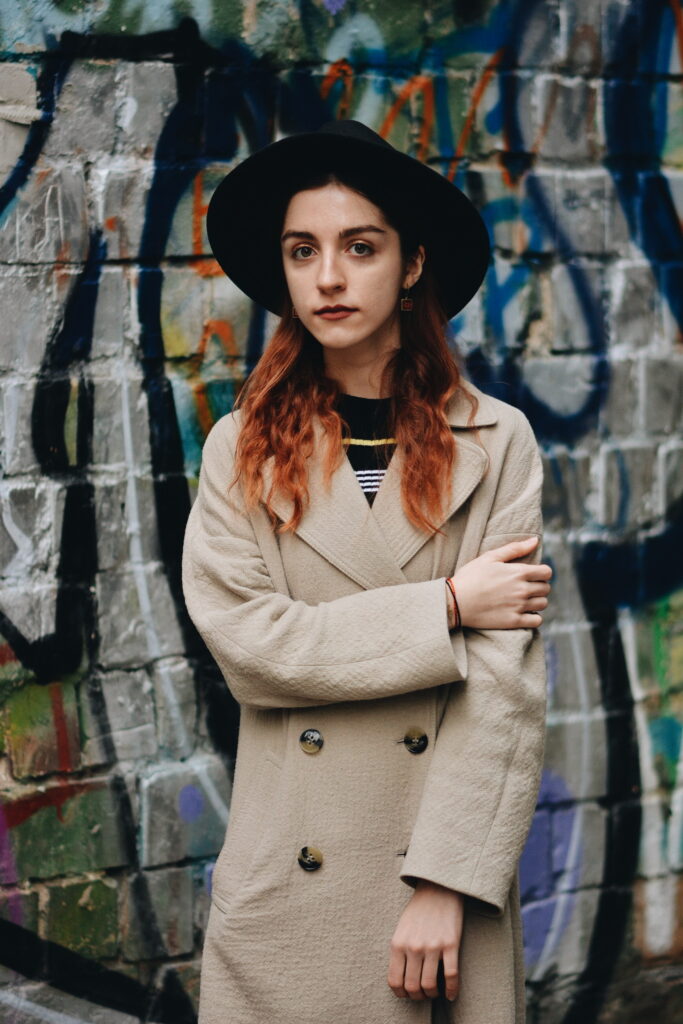
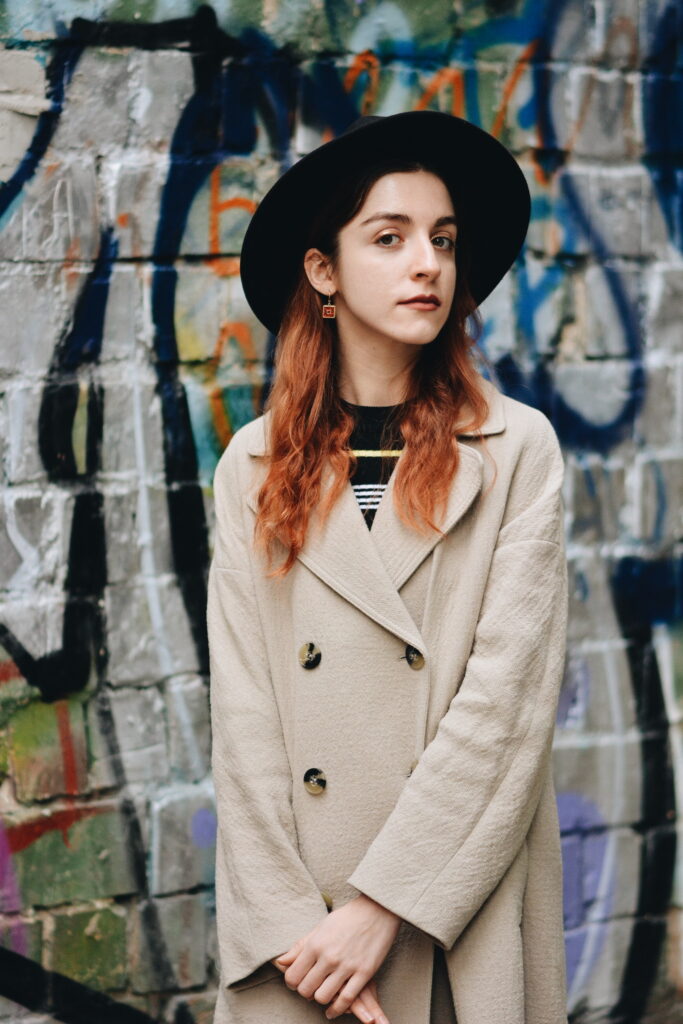
— Does Kyiv seem like a big city to you?
— When I flew to Hamburg and saw it from above, I realized that Kyiv is very big. From above, Hamburg seemed small, its streets seemed to be collected in a bunch. At the same time, by German standards, Hamburg is quite small, with a population of about a million people.
On the contrary, when you approach Kyiv, it is sweeping, on two banks of the Dnieper. You live in Kyiv and get used to the fact that it only takes 40 minutes to drive from one bank to the other. In fact, this is a colossal distance.
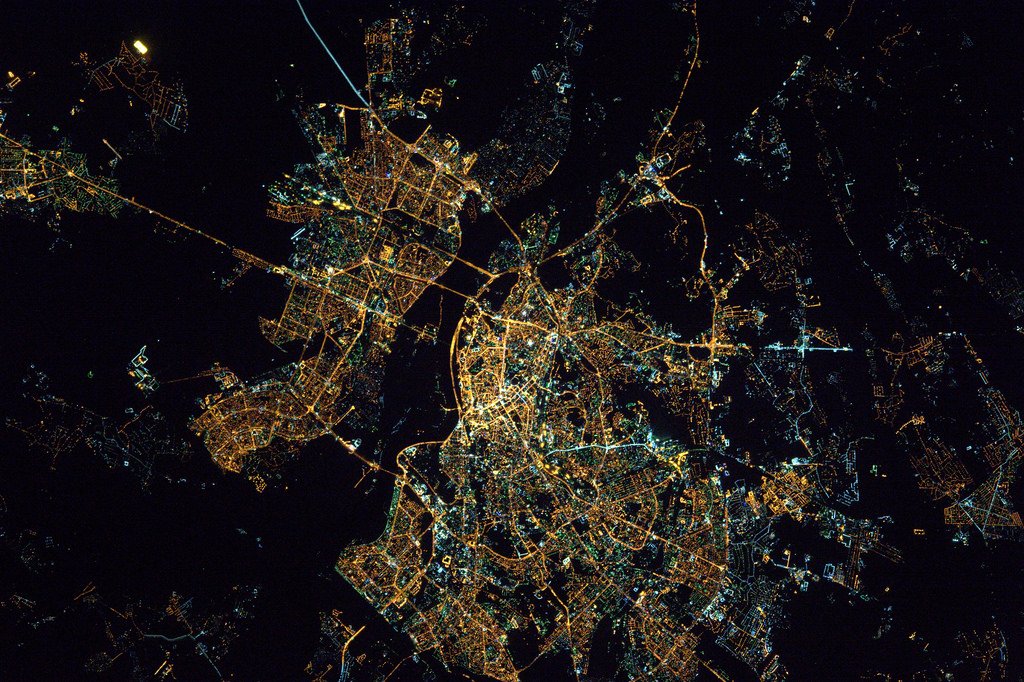
— Will you share your memories of your childhood in Chernivtsi?
— I lived in an old house from the 1890s, we even had original wooden windows, very beautiful, but impractical, as they were constantly leaking. There is an interesting trend in Chernivtsi, especially in old houses: people who have lived there for generations are very fond of furnishing the house not just from the inside, but also from the outside. Many take over the entrance area and arrange it in a way that seems more comfortable to them.
There was a woman living in my building, the only one who had an apartment on the first floor. In fact, she turned the entire floor into her closet: in the front room she placed vases, armchairs and cabinets to store things that had no place at home. You walk into the entrance and are surprised at how people passing by watch her private life every day, although it is unlikely that this embarrassed the woman.
— In terms of people, is Kyiv different?
— There is such a peculiarity in Chernivtsi that if you meet someone at least once, then you think that you know this person. I remember a short story: when in Kyiv, I accidentally met a guy whom I absolutely did not remember, and he turned out to be a bartender from Chernivtsi.
He told me that we met in a bar in Chernivtsi and talked with him the whole evening. I couldn’t remember, probably because I drank a little that evening, and besides, I’m used to howling at people I most likely won’t meet again. At a minimum, we lived in different cities.
It is not typical for Kyiv to remember everyone you meet, if only because of the large flow of people. In general, in Kyiv, unlike Chernivtsi, it is unlikely to meet the same person.
Every day in Kyiv we see such a huge number of people that it is impossible to remember everyone who catches our eye. However, we must not forget about curious people who are remembered by everyone.
— Perhaps there were any other memorable moments associated with Chernivtsi?
— Among other things, I noticed that many people used to smoke in hallways, not at home. In order to spend time comfortably, people created a kind of cozy environment for themselves.
I remember once walking around a house, and there, on the top floor, some man had set up an old sofa, an armchair, cushions, and hung everything with plants. It was very funny and looked not like a stairwell at all, but like an extension of someone’s cool apartment.
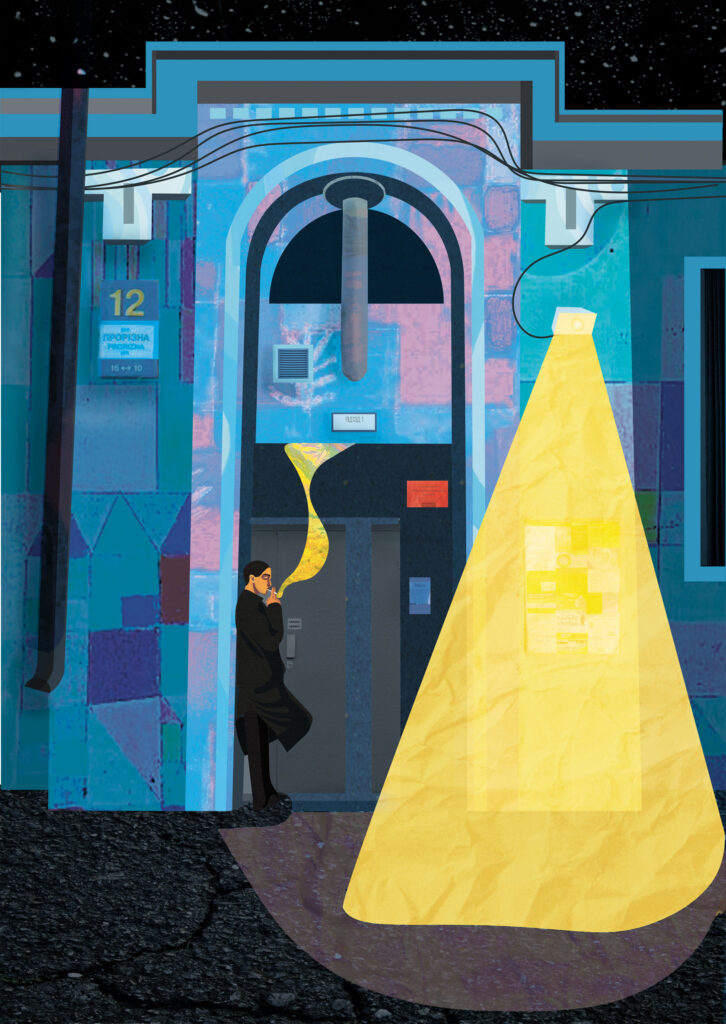
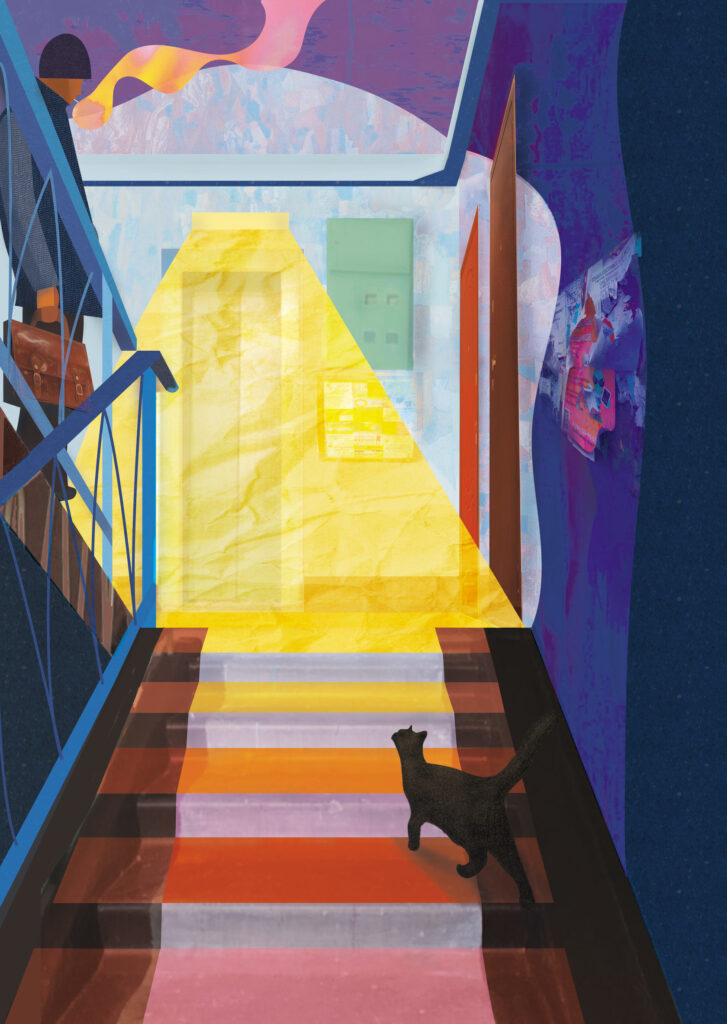
— What does smoking mean to you?
— Watching the entrances, I came to the conclusion that smoking for a person is a kind of meditative act. Often people like to smoke alone because it gives them privacy. This is especially true now, when we are all surrounded by a huge amount of information, and we increasingly want to be alone with our thoughts at some point in order to be able to think about everything and decide something. Everyone has their own way of coping with the problem: for some it is jogging or walking, while at the same time there are people who are helped by smoking.
When I created the series of works “Smoking People”, I was inspired by the people from the entrances. Nowadays you rarely see this: people began to lead a healthier lifestyle, and smoking was banned in the entrances. However, in old houses among people of the old school this can still be found. The moment of nostalgia is pressing.
For a person, smoking is a kind of meditative act.
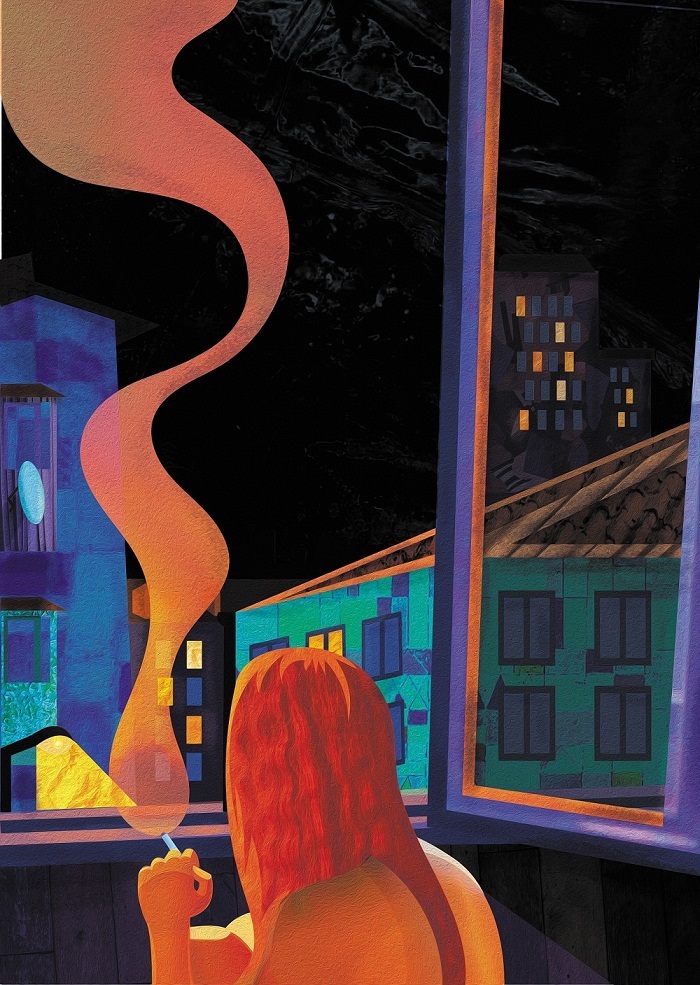
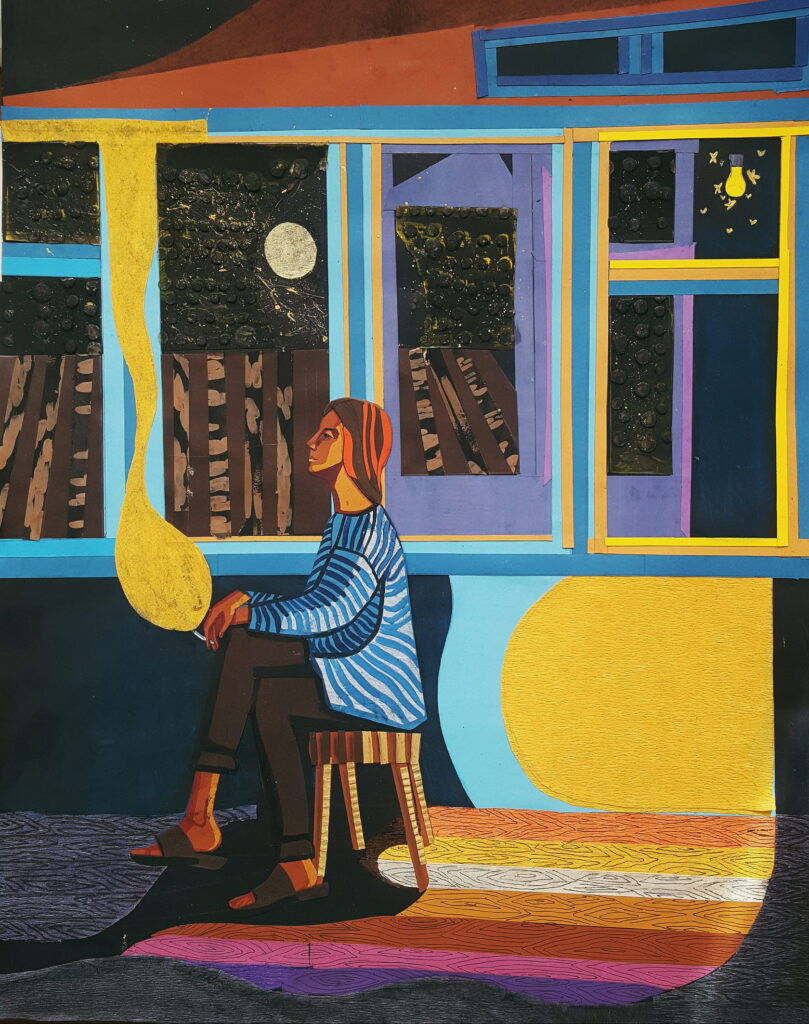
Urbanism
Understanding the nature of the city
— How would you characterize the general concept of your exhibition?
— The exhibition is dedicated to the city as a feeling that it is our second nature. I am a person of a big city: I was born, lived, and grew up in it. This made me think that for people absorbed in the city, nature in its original understanding is not at all the main part of existence. Many people often no longer encounter flora and fauna side by side.
For example, it’s more dear to me to see power lines or hear the sounds of cars than to feel the echoes of primeval nature. Thus, asphalt seems more familiar to me than earth, and the bark of trees reminds me of roof tiles.
It is very interesting to analyze this not in terms of good and bad, as is often presented. They say that urbanism is bad, we are heading to God knows where, we are moving away from the natural. But people develop, and the concept of natural also does not stand still. Everything grows and changes: both the city and our surroundings change with us. This means that if they are moving towards urbanism, then this is also a kind of natural process.
The asphalt seems more familiar than the earth.
— Perhaps some event happened in your life that served as a prerequisite for the emergence of this concept?
— These series of works began to be born when I went to the village for the first time in my life in 2017. Being in a completely different world, alone with nature, was something completely new for me. Running chickens, roosters that wake you up in the morning, cows unceremoniously scurrying along the roads, the lack of Internet – everything was exotic for me. I remember I couldn’t sleep in silence.
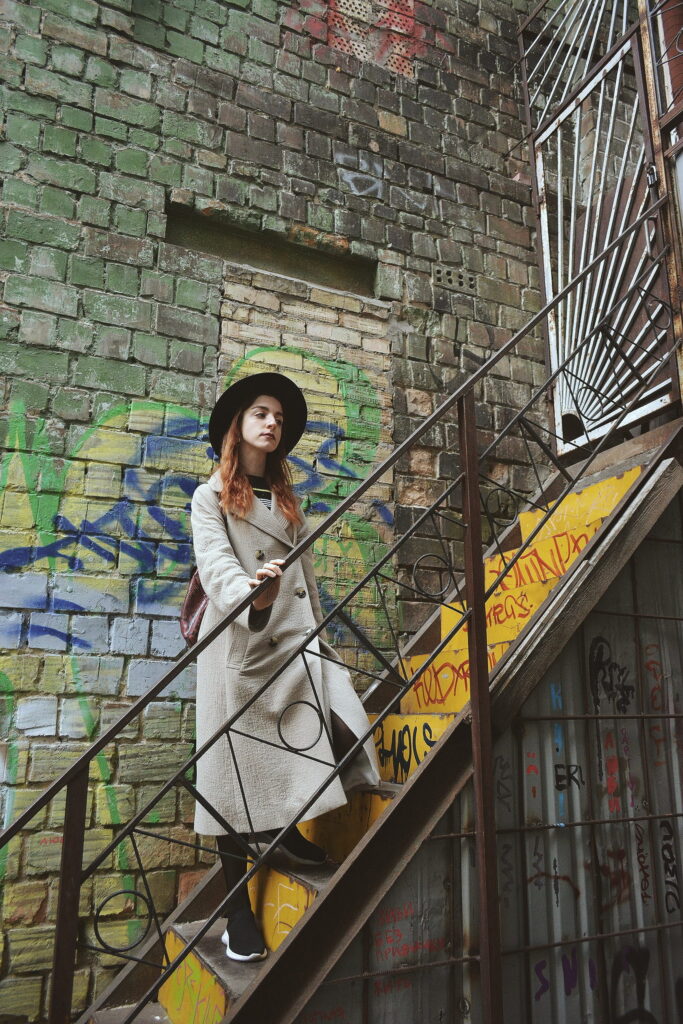
— All your works are in some way devoted to night themes. Is Kyiv a night city for you?
— At night I best feel the atmosphere of the city. The fact is that during the day there are too many people on the streets who interfere with communication with space. Kyiv is a city that really wants to communicate with you. It is incredibly beautiful and open, there is always something going on in it.
Even at two o’clock in the morning you walk down the street, meet some passers-by, see illuminated signs, look into the windows and see that some kind of life is in full swing there.
Kyiv is very submissive, but at the same time it is fickle, you have to regularly go up and down, thereby experiencing some small adventure each time. At the same time, everything merges very harmoniously into a single whole.
Kyiv is a city that really wants to communicate with you.

— Are you attracted by the diversity of the Kyiv architectural ensemble: Kievan Rus, the Russian Empire, Soviet modernism?
— I can say that it attracts, but not everywhere. Sometimes you look at this vinaigrette and think how people could allow the city to turn into some kind of salad. At the same time, this adds diversity to the city: looking into a new corner, you see something completely different there. For me, walking around Kyiv, especially in the courtyards, is like some kind of urban exploration. You’re walking along a familiar route, then you turn – bam! – and you already see a completely different picture. You realize that you are lost – and you need to open a map.
The city is the personification of us: we are as complex as it is, with our own corners.
— Do you feel the atmosphere of Kyiv in the huge squares or, rather, among the narrow streets and courtyards?
— As for me, Kyiv is hiding not in the city center, but in courtyards and residential areas. Courtyards live their own unique lives and are the personification of the people who live in them. You can see people taking care of them or completing something. That is why every corner is interesting in its own way.
If you asked me what to do in Kyiv, I would definitely advise just walking through its courtyards and discovering a completely new world. I always walk alone. When you look into different courtyards, you are drawn to certain things, those that are close to you. This allows you not only to understand the city better, but also to understand yourself better.
Walking around the corners and courtyards, it’s as if you’re walking around the corners of yourself, paying attention to the inscriptions on the walls that people left, and accidentally finding some cafe or some strange shop. You begin to better understand what is interesting to you and what is not so interesting, how you feel in a new place. You can make an allegory that the city is the personification of us: we are as complex as it is, with our own corners.
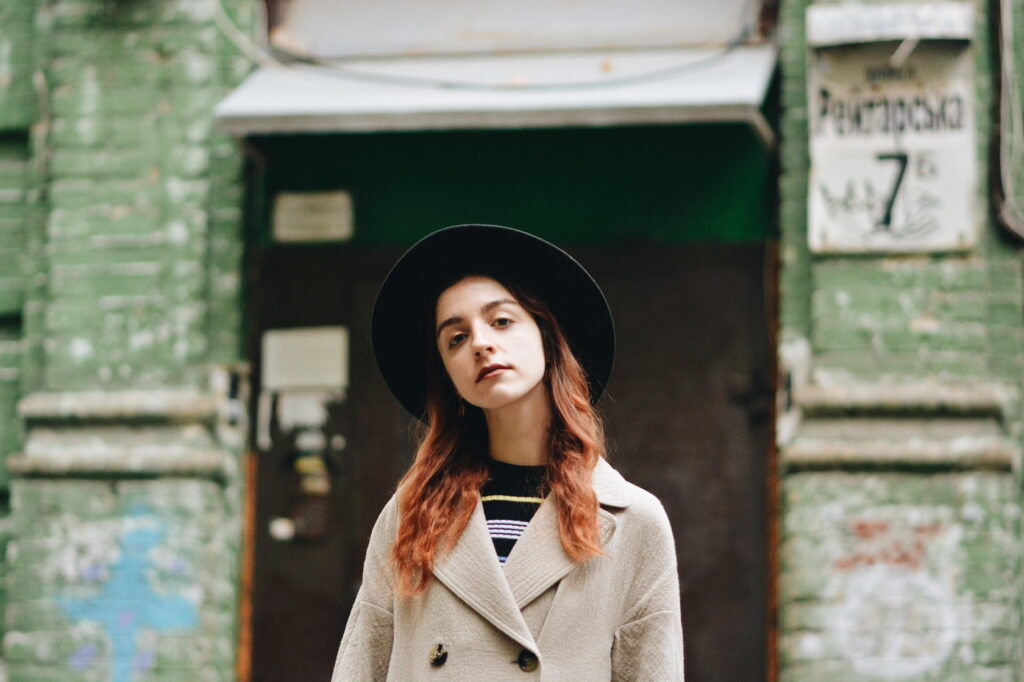
— You have a series of drawings that depict people in windows. Tell us about the observation process, what exactly did you like about it?
“All my life I have loved watching people in the windows, looking into a completely foreign and unfamiliar world. I always tried to imagine who was hiding behind the window or wall, why this person kept these particular things in plain sight, why he laid them out in this order.
I get a lot of inspiration from looking at windows because a window is a great metaphor for life. During a meeting with a stranger, we have a picture in front of us only here and now, we see him only as he appears in front of us at a certain moment: with his obvious actions and appearance. However, behind this lies a huge amount of experiences and personal experience.
Looking out the window, we also observe only a separate moment, without understanding what a person is doing in general, or where certain things in sight came from. I liked the idea of the fleetingness of impressions, the limitations of what we see with our eyes. I think that you always need to dig deeper, analyze what is hidden behind the next wall and try to get through that wall. Only by visiting the apartment and finding out what is happening inside, you can get to know the person better and understand why he acts the way he does.
— What do you associate with the lit light in other people’s windows?
“We constantly have associations, because we are always looking for light in the darkness. When you walk in the dark and see a light on in the window, you definitely look there. Since ancient times, light for us has been comfort, warmth, safety, the opportunity to find someone of our own.
In my “Coming Home” series, a person always goes towards the light, towards something familiar and secluded. A lit window gives us a foretaste of the comfort of our own home, when the person inside feels a return to something close. Almost all episodes have a lit window as a symbol of comfort and kinship.
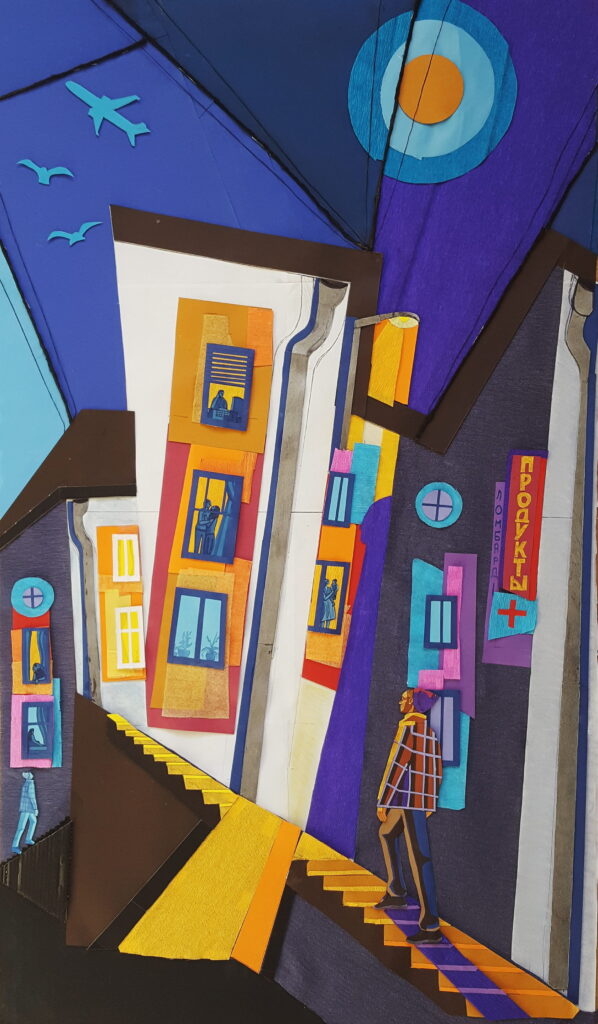
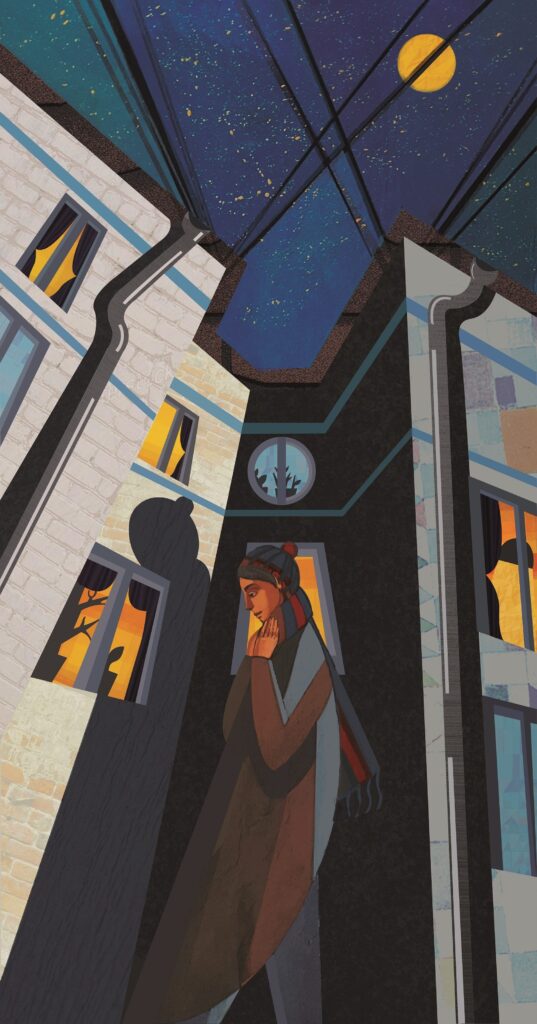
— You have a wonderful job, Metro. Tell me, what is her plan?
— The work “Metro” is dedicated to the feeling of loneliness among a huge flow of people. Does it happen that on the subway, when you are surrounded by an incredible number of people, you don’t notice anyone? And only casual eye contact with a stranger creates a certain connection between you. It’s like a thread that briefly unites you in space. So the girl looks at you, thereby creating a connection between you and my canvas.
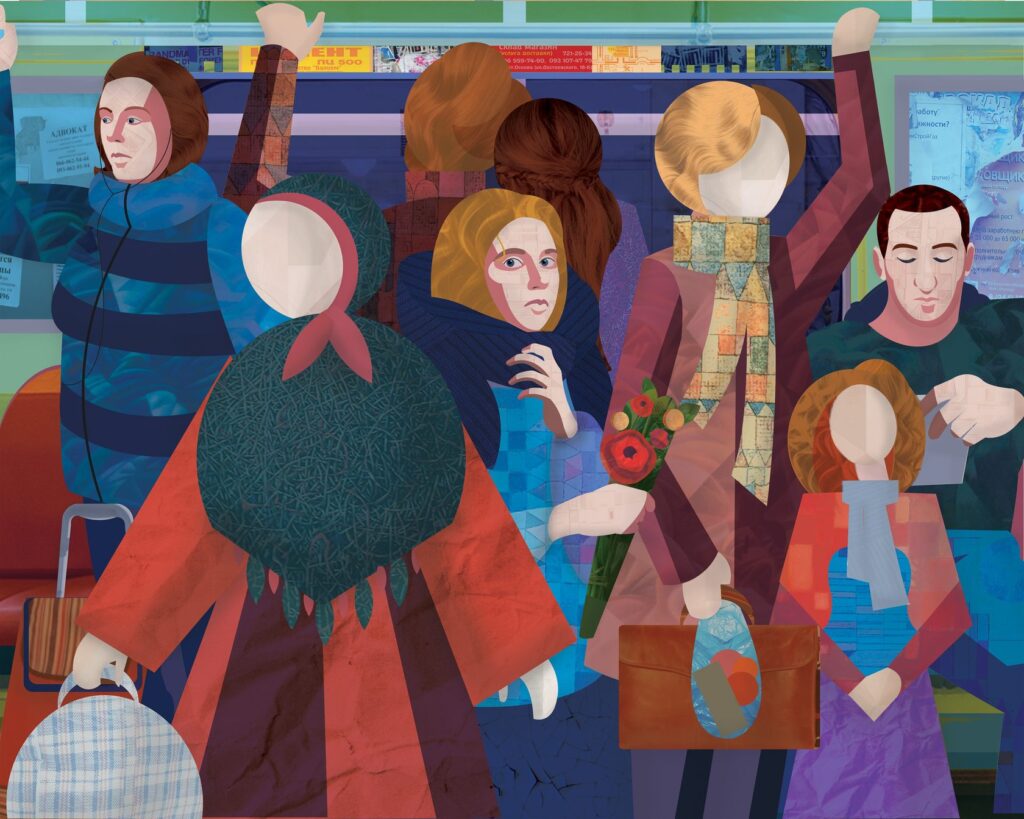
Art
— What style do you prefer to work in, and how did you decide on the approach you use when creating your works?
— I work in collage, although in modern terminology it is more related to graphics.
When I was a second-year art student, we had an assignment to make an abstract composition from various types of paper. We started experimenting: I poured paraffin on it, then painted it over, poured diluted oil paint onto water and printed it on paper. During these experiments, I came up with a lot of incredibly beautiful sheets, thanks to which I was able to make my first collage. It turned out to be very interesting.
— How would you describe the process of creating a collage?
— When making a collage, it’s like I’m putting together a puzzle, because until you glue the last piece, you won’t see the whole picture. I associate this with an eternal search, a solution to some kind of puzzle. It gives me the feeling that something special is being born in my hands. Then I started working more and more with this technique and decided that collage is what I would like to move forward with.
— An interesting and at the same time not the most common technique. Have you encountered the fact that someone had prejudices about this?
— I know that many people, even some of my friends, associate appliqué with school assignments in the third grade. In turn, I wanted to show that appliqué is a very strong artistic technique that can seriously compete with the most valuable tools of art.
— Who initially supported your creative endeavors?
— My brother is the person who probably understands my work best of all. He and I are incredibly similar creatively, only he is a musician and I am an artist. We talk about the same things in different ways.
It was with my brother that I had many hours of conversations about art, and only he at one time shared my passion for churches, icons and painting in general. Together we walked around museums and temples. He is currently studying to become an art historian in Germany. He shares with me everything interesting that he learns during the learning process.
— Great. To close the topic of shaping the spirit of an artist, tell us which artists inspired you to pursue art?
— The very first artists to whom I am grateful for my love of art are the impressionists. When I first saw their work, I was very amazed at how vividly they conveyed their impressions. This was the beginning of my creative journey. Then, when I wanted to become an artist myself, avant-garde and abstractionism were closer to my liking.
I really liked the compositions of circles, squares and triangles, it was as if I always knew exactly how all these shapes should be positioned so that they worked together. One of my main inspirations was Wassily Kandinsky: his views on painting in the book “Point and Line on a Plane” completely coincided with mine.
I also really love cubism, whose representatives are Georges Braque and Pablo Picasso. I’m a person who likes clarity. That’s why I like collage: these are not blurry colors or some kind of transitions, but colors clearly superimposed on each other, which clearly adhere form to form.
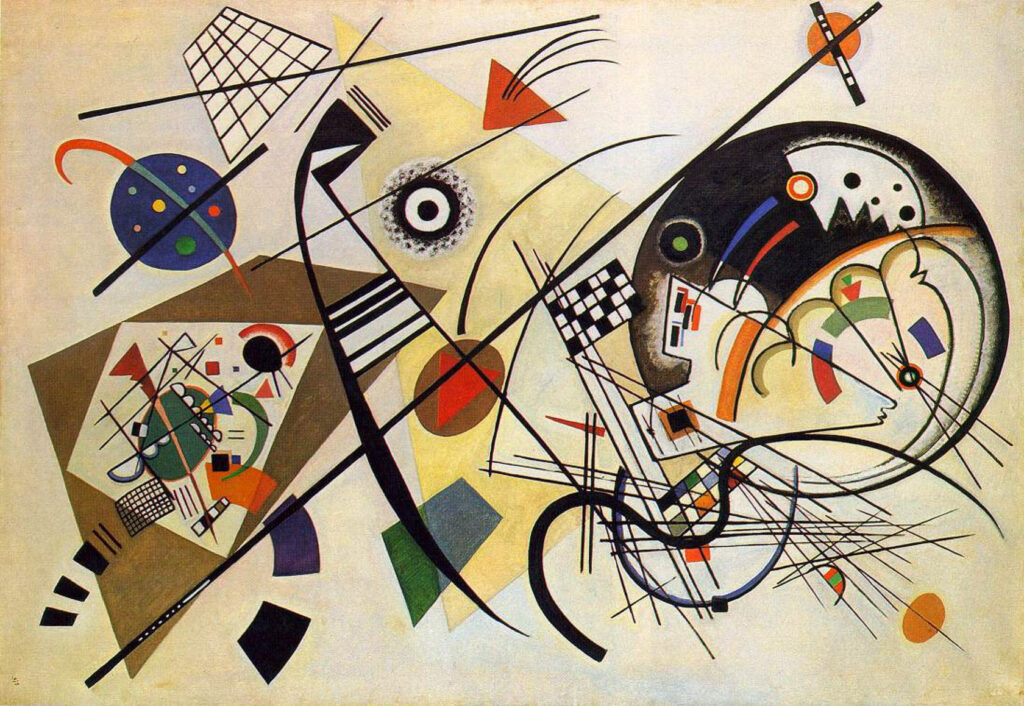
— Do you also like Malevich’s works?
— Yes I like it. Suprematism attracts me with its simplicity. Many people, in fact, do not understand Malevich, but I have great respect for him. The man paid so much attention to the work of form and color and, just like Kandinsky, believed that every color has its own form. They experimented with their students by coloring geometric shapes in different colors and seeing which combinations looked most harmonious. Hence the success of “Black Square”. Malevich believed that the square and black color are an ideal combination of nothing, emptiness, the simplest form of the beginning of all beginnings. His philosophy is very close to me.

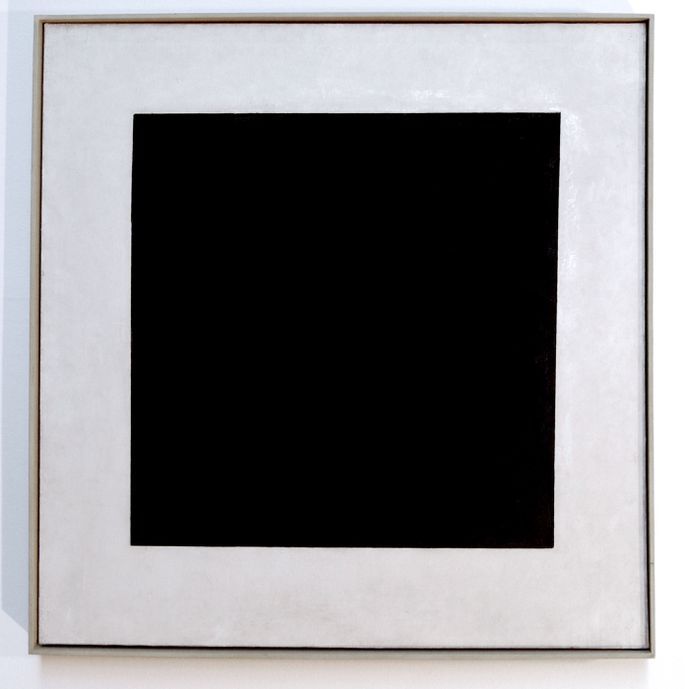
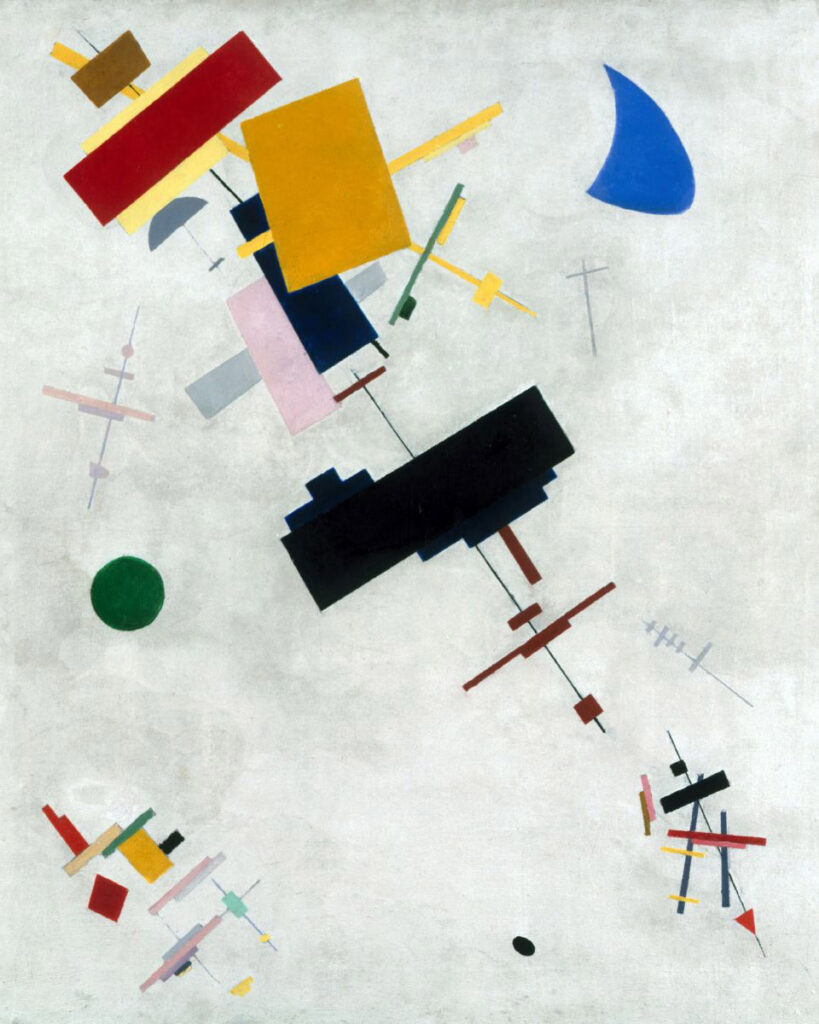
— How interesting was the transition from expressionism to avant-garde in terms of the fact that people abandoned everything ordinary?
— In fact, it started with impressionism, then moved into post-impressionism, neo-impressionism, then there was expressionism and so on. It is interesting that over the course of several years one trend replaced another. What was revolutionary at that time was the appearance of cameras; they were very popular and conveyed everything much faster and better, unlike artists. For art to move forward, the latter had to do something different.
Artists realized that there is no longer a need to show reality as it is, the time has come to show the world as you perceive it. Then expressionism came to the conclusion that there is no need to show an impression of reality, because you can show the reaction to this reality itself.
For example, in Edvard Munch’s “The Scream” the whole picture blurs because the artist wanted to convey the feeling of space when a person screams. So gradually artists began to broadcast reality based on their personal considerations. As a result, art has become more subjective and at the same time more interesting, because each person sees the world in his own way.
It’s time to show the world as you perceive it.
— And speaking in the context of contemporary art, what shortcomings do you see, and what do you like most?
— This is a very interesting question. Contemporary art is extremely ambiguous: there are things that delight me, and there are those that unpleasantly surprise me. People often say to me: “I don’t understand modern art, that’s why I don’t like it.” I believe that art has always been a kind of dialogue, I believe that a painting communicates with us. The main goal of art is communication, that is, to convey to a person some important idea, to help people understand something.
Previously, artists always tried to suggest something to a person through symbols and signs. In modern art, artists often create an idea for the sake of an idea, in order to show their subjective vision of a situation. At the same time, the artists mentioned above often become so self-absorbed that they leave absolutely no opportunity for other people to understand them.
If we do not use our collective unconscious, generally accepted symbols and signs, personal interpretation will remain a mystery to most. People will have nothing to grab onto; they simply won’t see anything familiar. As a result, no dialogue occurs, and the person simply leaves. All this is because there is no interaction for which people want to come into contact with art.
I believe that even though we live in an era of individualization, we should still leave clues for people to understand. If a person is left with at least a thread of understanding that he can grab onto, he will definitely do so.
If a person is left with at least a thread of understanding that he can grab onto, he will definitely do so.
Inspiration
Things you don’t want to wake up without
Things that at first seem global to us are most often the most temporary.
— Are you inspired to work by some idea that you start from, or is it rather a matter of catching something interesting in your daily routine?
— Every little thing creates our world, so in principle I am interested and energized by ordinary and simple things. They have their own beauty, they depict that in every fleeting thing there is something eternal. Over the past years, I have always tried to enjoy some small things. Sitting and drawing every day is such a normal activity that makes me happy and really gets me up in the morning.
Once, when I was very worried about the meaning of life, I came to the conclusion that we should always be motivated by something global. Over time, I realized that things that at first seem global to us are most often the most temporary.
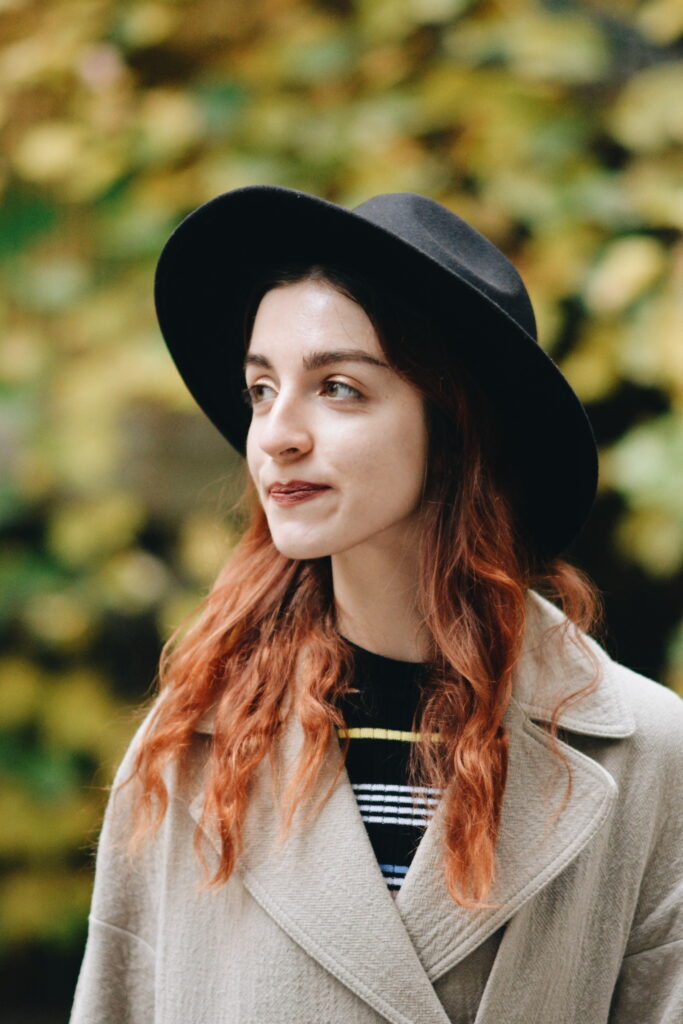
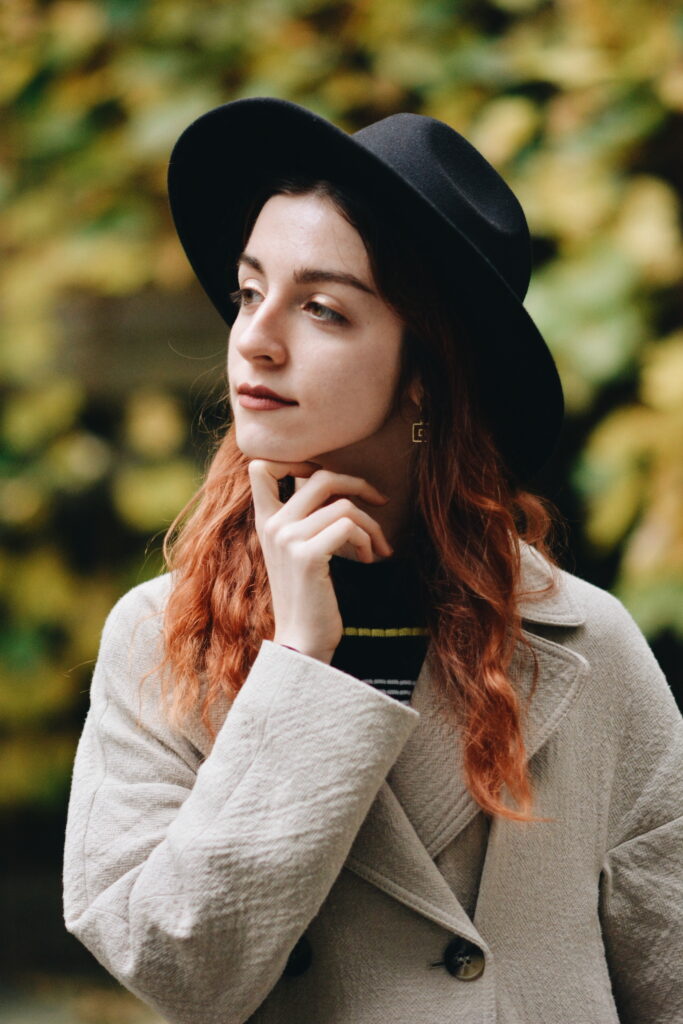
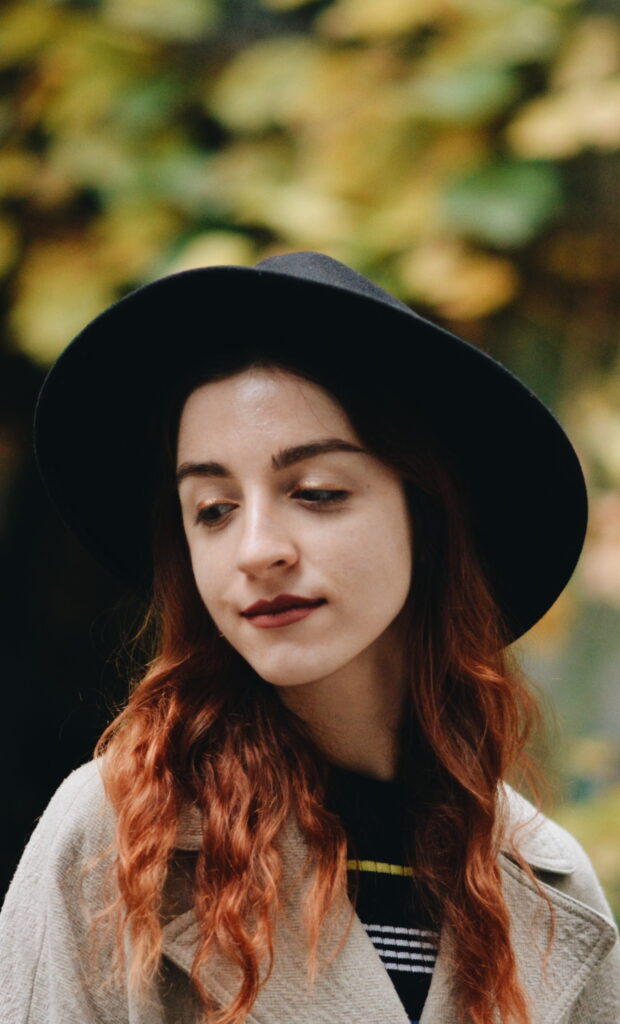
— Because the very concept of “global” is constantly changing?
— It seems to me that global things are very unstable. The situation is different with little things, they are with you every day. It’s a repeating process that keeps you moving forward.
It’s very funny, my dad once said: “The only thing I understood in life is that the temporary is eternal, and the eternal is temporary. You think that some situation is temporary, but then it develops into a habit for life.” This is probably why I always try to focus on the little things.
— Can you reveal one of your favorite daily rituals?
— It gives me great pleasure every morning to record a video message to my best friend in which I tell her what I’m going to do today. This is such a funny thing that makes me very happy.
Every person has something without which he cannot exist. We don’t notice it until it’s taken away. I have this routine: I always wake up two hours before something and get ready very slowly, without rushing. I like it so. Such small things make up our day, take away some little thing and everything is ruined.
We are most fascinated by things that, like us, consist of contradictions.
— This is its own design.
— It’s like a home. Each house consists of bricks, if you take one from a person, everything collapses. I always find that it is very easy to ruin someone else’s day. For example, when you are sitting in a trolleybus, and some woman starts swearing that you did not give up your seat to her. It would seem like a small thing, but you will remember it and remember it all day.
On the one hand, we are stable, like a house, and on the other, unstable, like jelly. We are most fascinated by things that, like us, consist of contradictions. We all strive for harmony while being inharmonious. Perhaps our harmony lies in the contrast of contradictions. It’s like a collage: you put together different pieces and among them try to find those that will fit perfectly into your puzzle.
Favorite Kyiv
Places and institutions that you like the most
— Tell us about your favorite places in Kyiv?
— Among the establishments, I really like AM Bar. It is located near the Leo Tolstoy Square metro station in the courtyard where there used to be garages. It’s incredibly atmospheric, with a garage interior and pre-revolutionary food warehouses. I also really like old establishments with strange European-quality renovations from the 2000s. When you go to such places, it’s like you’re in a time machine; they’re steeped in the past.
For example, the Chinese establishment “Du Long” is the very first Chinese restaurant that opened in Kyiv in the late 90s. During his work there, nothing changed at all: strange tablecloths, napkins, beautifully twisted in the form of incomprehensible shapes.
I also love the “House of Cinema” – a place where time has stood still; all the interior items are left over from the Soviet Union. Since I didn’t see the USSR, this is very exotic for me. Inside the “House of Cinema” there is also a restaurant “Babylon”, it has great waiters: women over 50 years old, with high hairstyles, who communicate with you as if you were family.
Between Arsenalnaya and Pecherskaya there is a cool wine store “Biblis” – a small establishment where you can buy good wine or just have a drink.
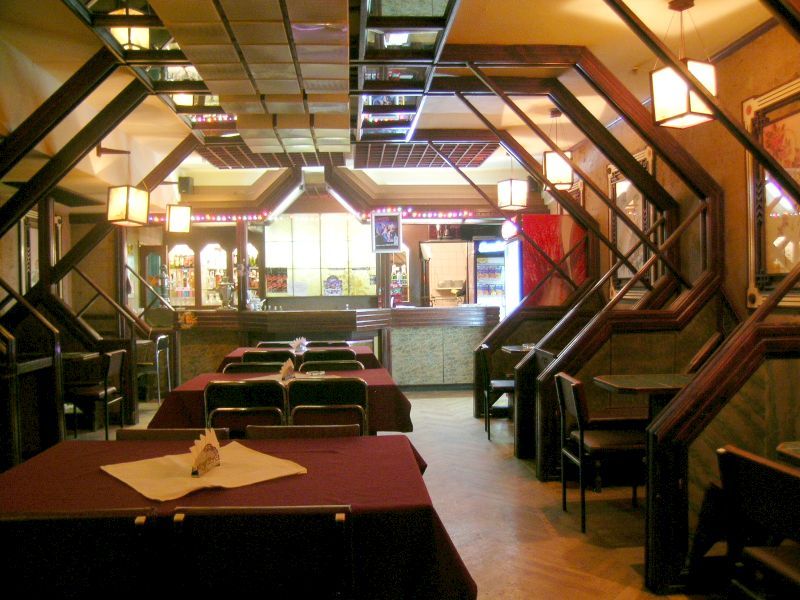
— Do you have any favorite Kyiv streets?
— I really like the Citadelnaya, old trees are planted along it. It is especially beautiful in autumn when the leaves fall. I like Reitarskaya. I love walking around Podol; it has a special atmosphere, unlike other areas, like a separate world.
Among other things, I love old churches: they convey the microclimate of the street and area in which they are located. One of my favorite cathedrals is Vladimirsky. For me he is very dear. You enter it and find yourself in a completely different reality, where it is very quiet and there is peace in the air. There are incredibly beautiful paintings in the cathedral; you look at them and instantly calm down. A kind of meditation.
Basically, for me, visiting cathedrals is just a small stop on the way of a very fast life, you take a breath and move on.
— Have you been to St. Cyril Church?
— Yes. It’s a very fascinating church, it’s small, very compact. Besides, this is a place that is many years old. Upon entering, you immediately feel peace and tranquility. Kirillovskaya Church is curious with its beautiful combination of old architecture and newer murals by Vrubel. He did an incredible job.
On the first floor he placed an iconostasis, and on the second floor a wonderful painting “The Descent of the Holy Spirit”. Vrubel very beautifully depicted the Holy Spirit in the form of a flame that goes to the saints. This approach seems very modern to me. The depiction of the Holy Spirit in the form of a flame became one of Vrubel’s traditional techniques. By this he meant that the Holy Spirit comes to people, healing them.
I read a funny story that the Mother of God was copied from Vrubel’s beloved. And when her friend came to church, she was very indignant, saying, why should she pray to this woman? There was a small scandal, but I think Vrubel managed to convey sublimity and humanity well.
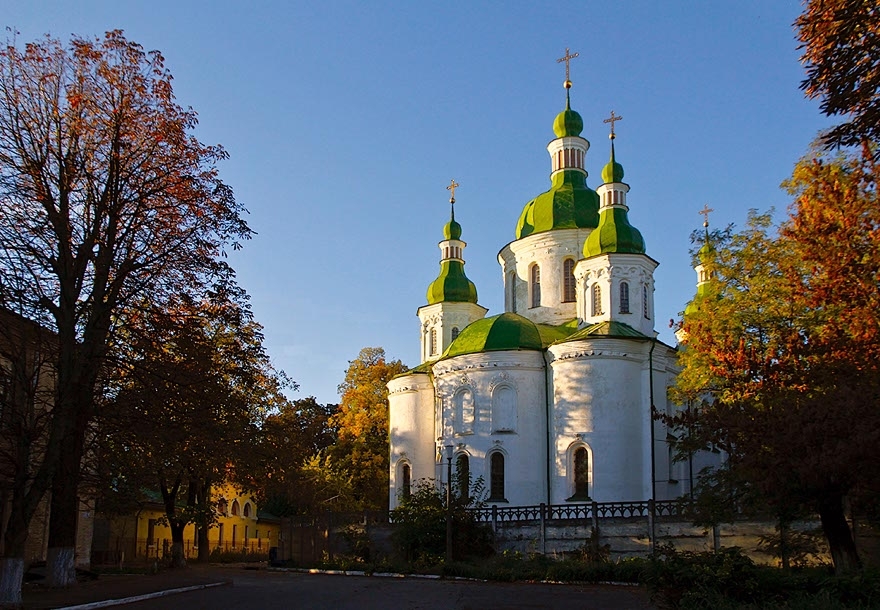
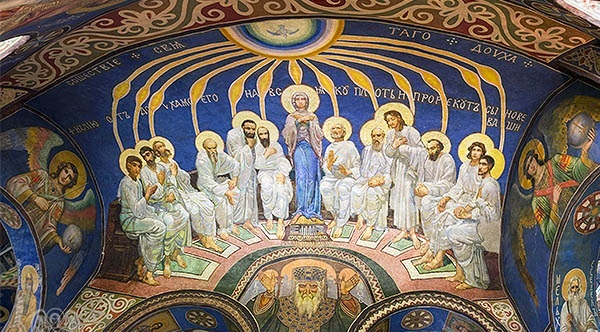
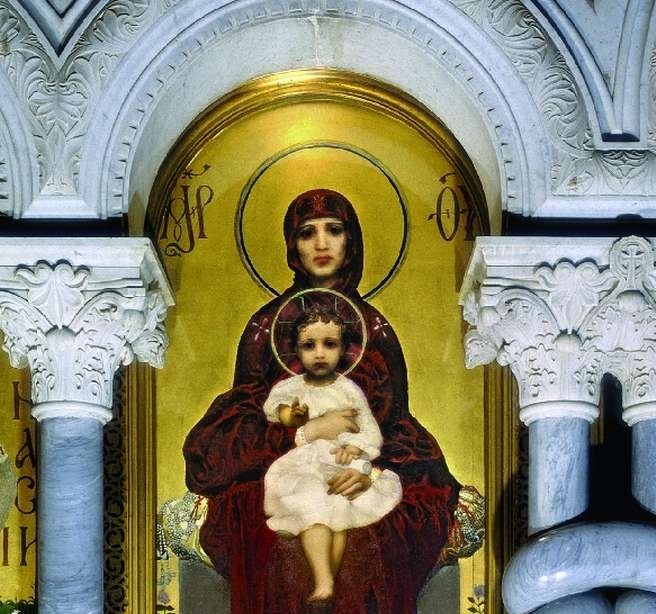
Worked on the material
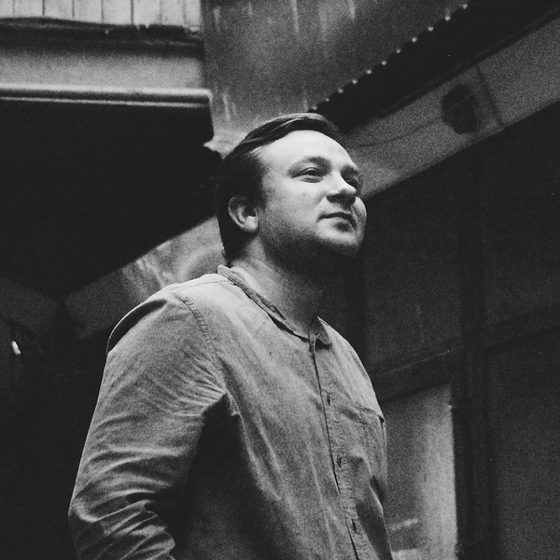
Yaroslav Karpenko
Editor in Chief
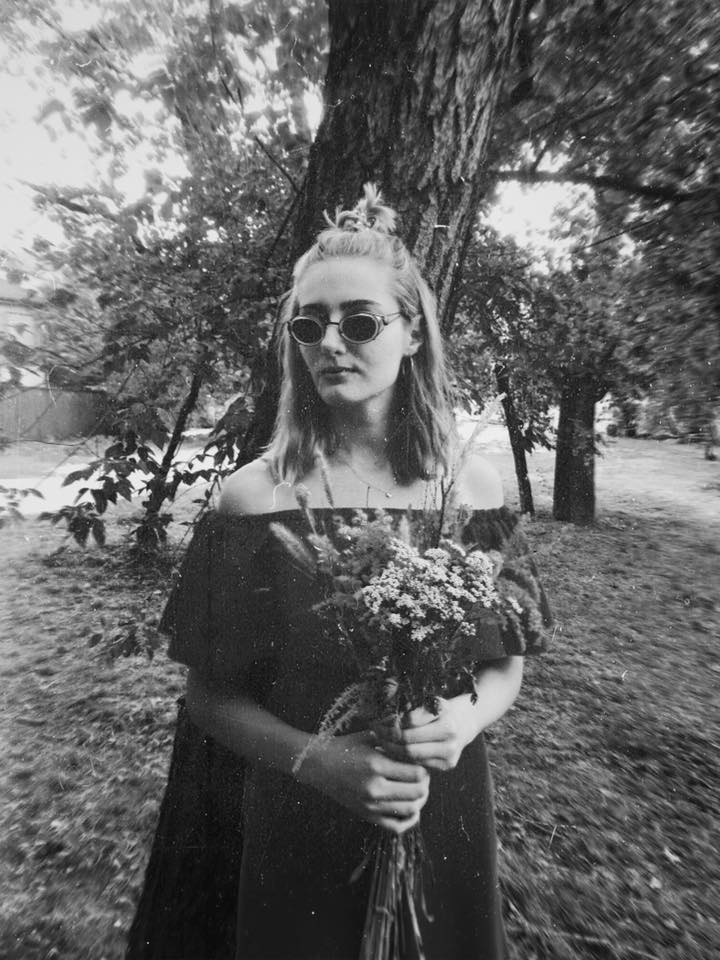
Yana Sychova
Editor
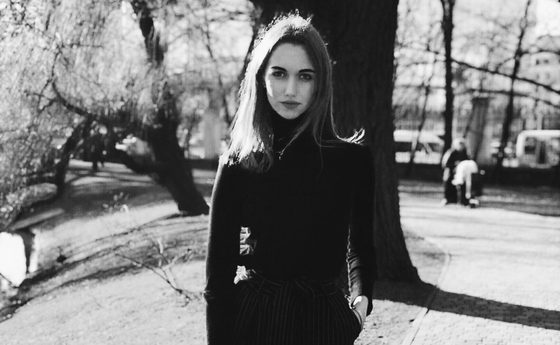
Anastasia Yakovenko
Transcriber
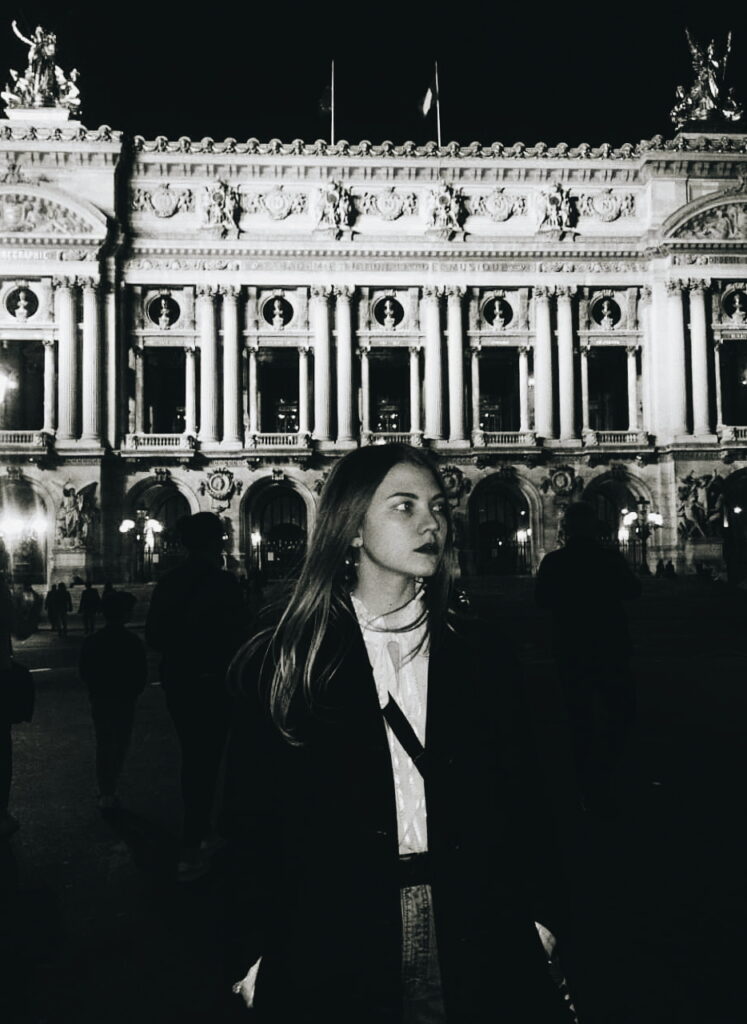
Roksolana Smerechynska
Photographer

